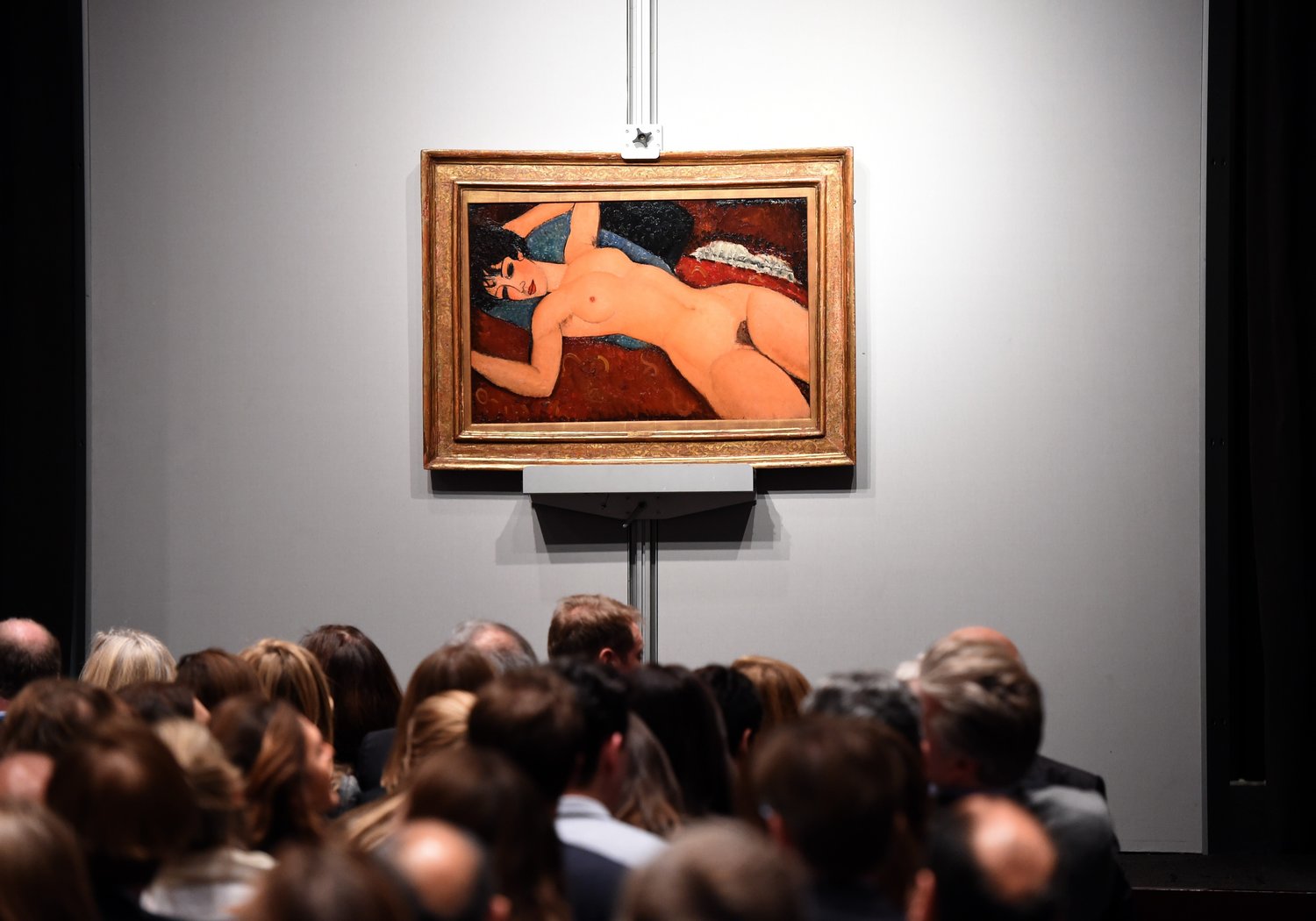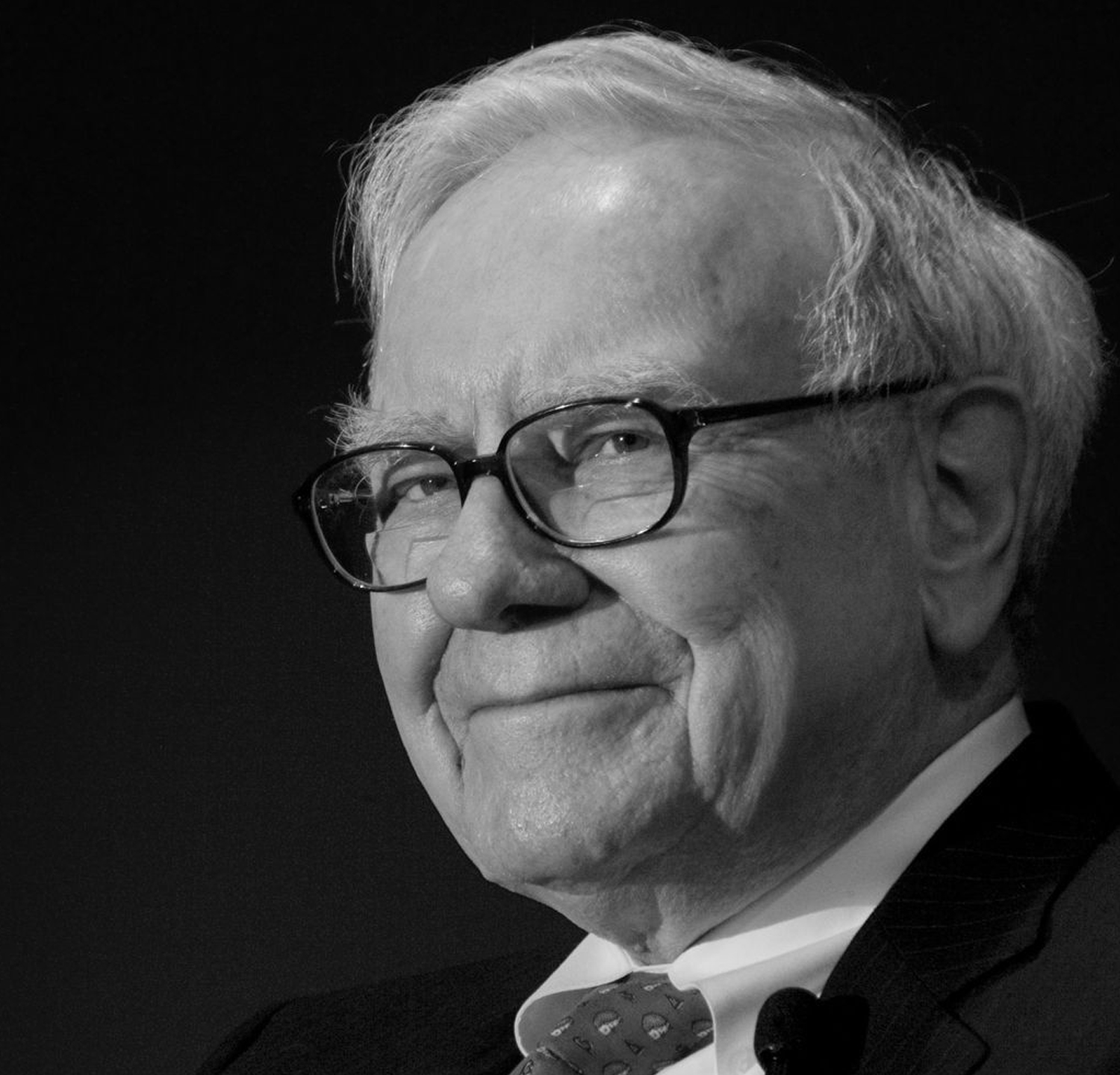
Unveiling the Contours of Indulgent Success
Focus: Ultra Rarity and World Class Portfolio Selections
What does a naked woman reclining on canvas have to do with asset growth and return on investment, and, beyond art, does she illustrate any correlation to the growth in value of rare coins? An ecstatic “Yes!” would be in order here.
I’ll paint that picture. The date: November 9, 2015. The place: New York City. The scene: a major international art auction. For one work, the bidding began at $75 million. Within seconds the bidding reached a frenzied state, and the numbers climbed to an astonishing $100 million.
Before the carousel of bidding was done the gavel nearly broke at more than $170 million. Painter Amedeo Modigliani’s “Nu Couche” (reclining nude) broke all records for the artist, besting the previous high by more than $100 million.
While the sales price was eye popping, it was only the second highest price paid for a major painting this year, as the art market witnessed a $300 million transaction months before for Paul Gauguin’s “When Will You Marry?”
While the sale of Modigliani’s reclining nude have been “lackluster” as compared to the Gauguin, still a whopping $500 million in art had sold, many works shattering previously held records. This happened, mind you, a mere five years after the great-recession.
While once unthinkable, the market now buzzes about the possibility that a single work of art will bring $1 billion, perhaps in the not too distant future. After all, we have crossed the half a billion mark already, with the sale of the last of Leonardo da Vinci’s works, Salvator Mundi, in 2017.
Similar things are happening in the world of numismatics, where I would argue that rarities have much greater room for growth as compared to fine art.
In this new economy where money is looking for places to land, more investors are finding the luxury index as that place to invest funds for the long-term. Art, cars, wine, watches and rare coins are demonstrating strong performance year-over-year and are becoming more appealing to investors looking for something more than paper.
The trend worldwide is toward legacy wealth – wealth with a story and a narrative. Evaluating the performance and key factors for rare coins, I believe they stand as the tallest asset in this high value tangible asset market. Rare coins of distinction have characteristics and benefits that other big dollar properties do not have and cannot offer, including higher levels of portability and privacy among others.
There is perhaps no better high-end collectible luxury asset class than fine art that has such a direct tie to what is happening at the top of the rare coin market.
Each year a similar record-breaking growth process is happening in numismatics. The thirst for singular, beautiful specimens in the rare coin market is growing in magnitude. However, unlike art, I believe numismatic rarities have much higher to climb. While the market is setting impressive new highs, the ascent is just under way on the journey to new rarified air.
For example, the now famous Pogue Collection is estimated to be worth somewhere north of $200 million. Collected by a father-son tandem who had a focus on quality and eye appeal, the original investment was a mere shadow of the collection’s current value.
With a passion for the most pristine execution and the most beautiful of artistically presented design elements – in particular the various forms of Lady Liberty depicted on the coinage – the Pogue family built astonishing legacy wealth that won indulgent success in terms of return on investment.
Dozens of new record breaking prices were realized in 2015 when the first of this remarkable collection was offered to the public – dozens of world record prices from one part of one collection!
These included three new records for early American half dollars, including $1.5 million for the 1797 issue, $587,500 for the 15-star variety of the 1796 issue – a $200,000 increase over its last sale, and the 16-star variety of that issue surpassed $800,000, more than doubling its former high. And these are just a few examples from this benchmark collection.
This is now the trend throughout many decades now in the numismatic world. These include the famous collections like those from noted collector-investors such as Louis Eliasberg, Max Mehl, Fred Olsen, King Farouk, John J. Pittman, Henry W. Bass, Emanuel Trompeter and many others.
“Investing a mere fraction of the total prices realized for these portfolios in time have led to astounding returns in terms of success.”
My own study of the top 100 coins in numismatics over a 40-year period reveals just how rewarding the rare coin market can be for those who seek quality. While bullion has garnered a three-fold return over the last four decades, high-end numismatic rarities have seen a compelling 17-fold return on investment. That pace is quickening for the scarcest, most-appealing, historically important and aesthetically pleasing specie.
A coin I have been involved with more than once in my career – the 1913 Liberty Head V Nickel – as an example, originally sold for a mere $500. In turn it was the first coin to eclipse the $1million threshold and has grown to a staggering $5 million. It continues to climb.
Note also the 1804 U.S. silver dollar that had a value of $30,000 in 1960. It most recently sold for $5 million. Another to consider is the 1907 Indian head double eagle $20 gold pattern, worth $25,000in 1960. It last sold for $12 million.
As in the art world, the list of numismatic masterpieces is vast and growing. Not a bad return for only two to three generations of investment I believe.
More compelling than paper assets, more private than any other asset and more portable than any asset I know of for the value, rare coins present the most attractive opportunity on the investment landscape today. And they are tied intrinsically to our American story.
Smart money seems to know this is true of quality rare things. The biggest money on the planet is investing massive sums in this direction and amassing fortunes based on this strategy of allocating to rare, beautiful and historically important tangible assets.
I’d urge you to consider that it’s very tough to get on a plane or yacht with a large canvas and travel across the world, let alone discreetly. Yet, traveling with a coin or two of great value presents far fewer challenges, and far more privacy.
I recently discussed this reality with potential rare coin investors at a major international yacht show. The portability and privacy factor could not have been more intriguing to world travelers who explore the globe on $20 million yachts and private jets – two assets that depreciate.
“Rare coins are one of the most attractive realities for serious investors looking for legacy wealth. I’d challenge anyone to find another asset with this level of portability, privacy, growth, intrigue, history, beauty and potential.”
Numismatics of great value may present the world’s most lucrative position for return on investment, as well as some singularly important and unique wealth preservation characteristics. Each specimen carries with it the storied narrative of the American experience even as it brings value growth along with it. I’d argue that no asset other asset combines all of this in one package, making rare coins one of the most important investments anyone could own.
You may also like
Bumping Elephants & Rolling Snow
Elephant bumping. That is how the event was described. Larger than life business creatures, all in

